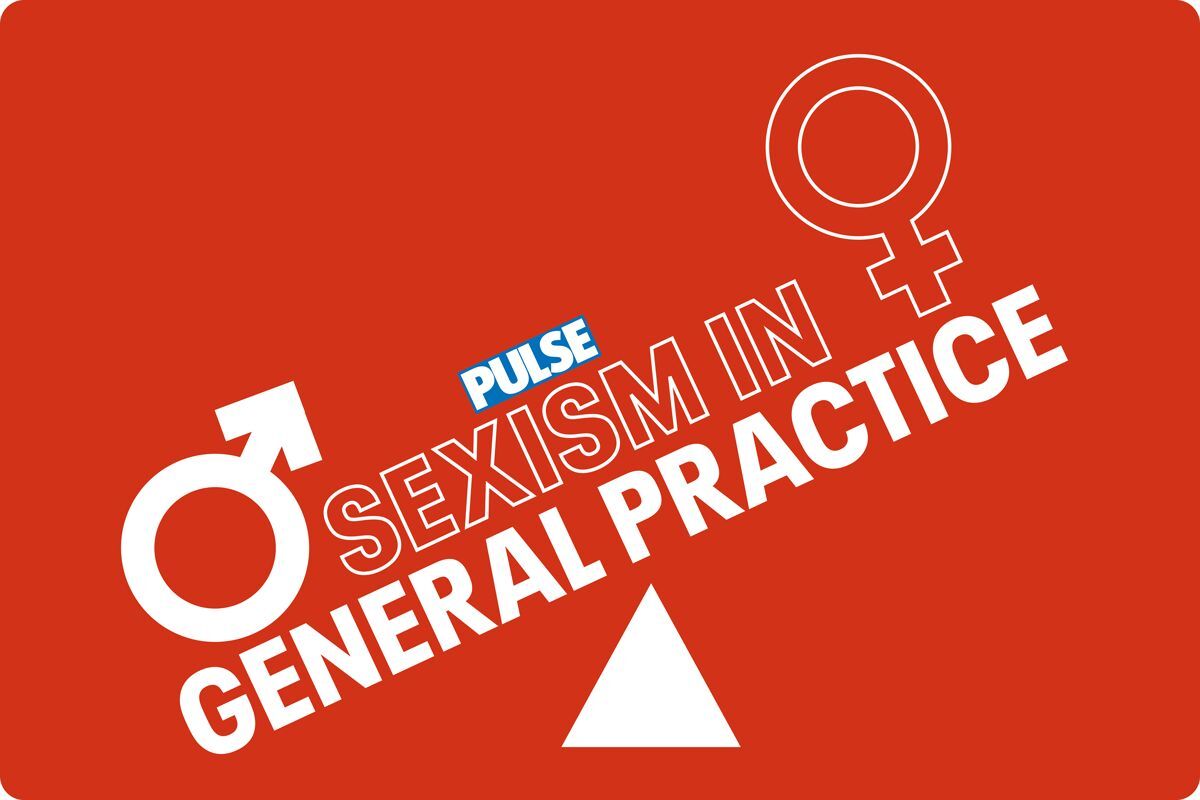The guideline
NICE’s multimorbidity guideline looks at aiding GPs with ‘optimising care for adults with multimorbidity’, specifying the patients likely to benefit from this approach.
Key points for GPs
- GPs should identify patients with multimorbidity who may benefit from a ‘tailored approach’ to care. This includes those with two or more long-term physical and mental health conditions, those prescribed multiple regular medicines and those who are frail.
- Identification should take place opportunistically or proactively using health records. Use validated tools such as eFI, PEONY or QAdmissions, if available in electronic health records.
- An individual management plan should be agreed with the patient, including goals for future care and where treatment of ‘limited benefit’ could be stopped.
- When reviewing medicines and other treatments, you should use the guideline’s database of treatment effects to find information on effectiveness and on supporting evidence.
- Consider using a screening tool such as STOPP/START in older people, to identify drug-related concerns and medicines the person might benefit from.
Practical issues
- Definition of multimorbidity is broad – covering large numbers of patients.
- Time – appointment times might need to be extended and there is little capacity in general practice to do this work.
Expert comment
Professor Bruce Guthrie, professor of primary care medicine at the University of Dundee and chair of the guideline development group, said: ‘The guideline highlights the need to discuss benefits and side-effects with patients so a decision on what treatment is best, based on their wishes, can be made. This could mean stopping treatment if appropriate.’
Dr John Cosgrove, RCGP council member and a GP in Cheshire, said: ‘GPs as expert medical generalists have the ideal skill set to manage multimorbidity in this way. But this approach is increasingly difficult for us to fit into the available time.’
The guideline
NICE. NG56: Multimorbidity: clinical assessment and management. London, NICE, 2016

















